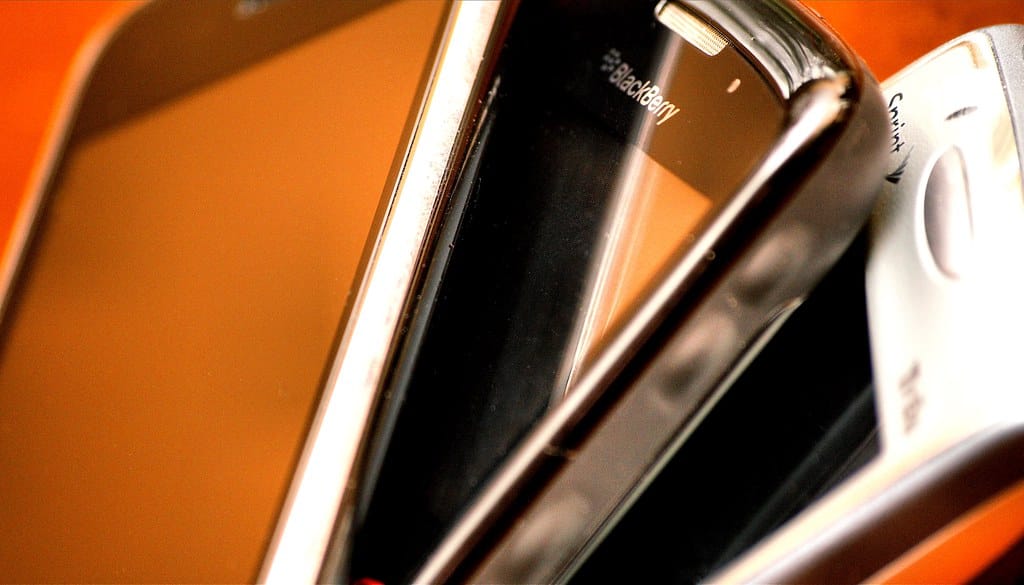Nothing Phone 3 Exposed: Tech Company Caught Using Stock Photos to Fake Camera Quality
Nothing, the London-based smartphone startup known for its transparent design philosophy and bold marketing claims, has been caught red-handed using stock photography to demonstrate the camera capabilities of its upcoming Phone 3. The revelation has sent shockwaves through the tech community and raised serious questions about transparency in smartphone marketing.
The Deception Unveiled
The scandal came to light when eagle-eyed tech enthusiasts on Reddit and Twitter began reverse-searching images that Nothing had shared as "camera samples" from the Phone 3. Multiple photos showcased on the company's social media accounts and promotional materials were traced back to professional stock photo libraries, including Shutterstock and Getty Images.
One particularly damning example involved a stunning sunset landscape that Nothing claimed was captured using the Phone 3's "revolutionary night mode." The image was later identified as a $29 stock photo from Shutterstock, originally uploaded by a professional photographer in 2019 – years before the Phone 3 was even in development.
A Pattern of Misleading Marketing
This isn't an isolated incident for Nothing. Digital forensics experts have now identified at least seven separate instances where the company used stock photography to represent camera samples from the Phone 3. The deceptive images span various categories:
- Portrait photography: Professional headshots passed off as the phone's portrait mode capabilities
- Macro photography: Close-up shots of flowers and insects claiming to showcase ultra-close focusing abilities
- Low-light photography: Concert and evening scenes attributed to the phone's night photography features
- Action shots: Sports and movement photography supposedly captured using the device's advanced stabilization
Industry Response and Backlash
The tech community's reaction has been swift and unforgiving. Marques Brownlee, one of the most influential tech reviewers on YouTube, called the practice "fundamentally dishonest" and questioned Nothing's credibility moving forward.
"When a company lies about something as basic as camera samples, how can consumers trust any of their other claims?" Brownlee stated in a recent video addressing the controversy.
Other major tech influencers and journalists have echoed similar sentiments, with many calling for greater accountability in smartphone marketing practices.
Nothing's Response Falls Short
Nothing's initial response to the allegations was defensive and evasive. In a statement posted to their official blog, the company claimed the images were used as "placeholder content" during development and were "accidentally" included in final marketing materials.
However, this explanation quickly fell apart when investigators revealed that some of the stock photos had been used in marketing campaigns spanning several months, hardly suggesting an accidental oversight.
CEO Carl Pei later issued a more contrite apology, acknowledging "serious lapses in our marketing oversight" and promising to implement "stricter content verification processes." The company has since removed the misleading images from their official channels.
The Broader Problem in Smartphone Marketing
Nothing's deception highlights a troubling trend in smartphone marketing, where companies increasingly rely on misleading demonstrations to sell devices. While Nothing's case is particularly egregious due to the use of completely unrelated stock photography, the practice of enhancing or misrepresenting camera capabilities is widespread across the industry.
Many manufacturers routinely use professional photography equipment, optimal lighting conditions, or post-processing techniques that average consumers could never replicate, creating unrealistic expectations for device performance.
Consumer Trust at Stake
For Nothing, a brand built on principles of transparency and authenticity, this scandal represents a potentially fatal blow to consumer confidence. The company's entire marketing strategy has centered around being different from established players like Apple and Samsung – more honest, more transparent, more trustworthy.
The irony is particularly sharp given Nothing's "transparent" design philosophy, where the physical design of their phones literally shows internal components through clear materials. This visual transparency was meant to symbolize the company's commitment to openness with consumers.
Moving Forward: Lessons for the Industry
This controversy serves as a stark reminder that in the age of social media and reverse image searches, deceptive marketing practices are increasingly difficult to hide. Companies that choose to mislead consumers do so at their own peril, as the tools for detecting such deception become more sophisticated and accessible.
For consumers, this incident underscores the importance of seeking out independent reviews and real-world testing before making purchasing decisions based on manufacturer claims. The smartphone industry's marketing machine is powerful, but informed consumers remain the best defense against misleading practices.
Nothing's stock photo scandal may mark a turning point for smartphone marketing transparency – or it may simply be another forgotten controversy in our fast-moving digital world. Only time will tell if the industry learns from this cautionary tale.
